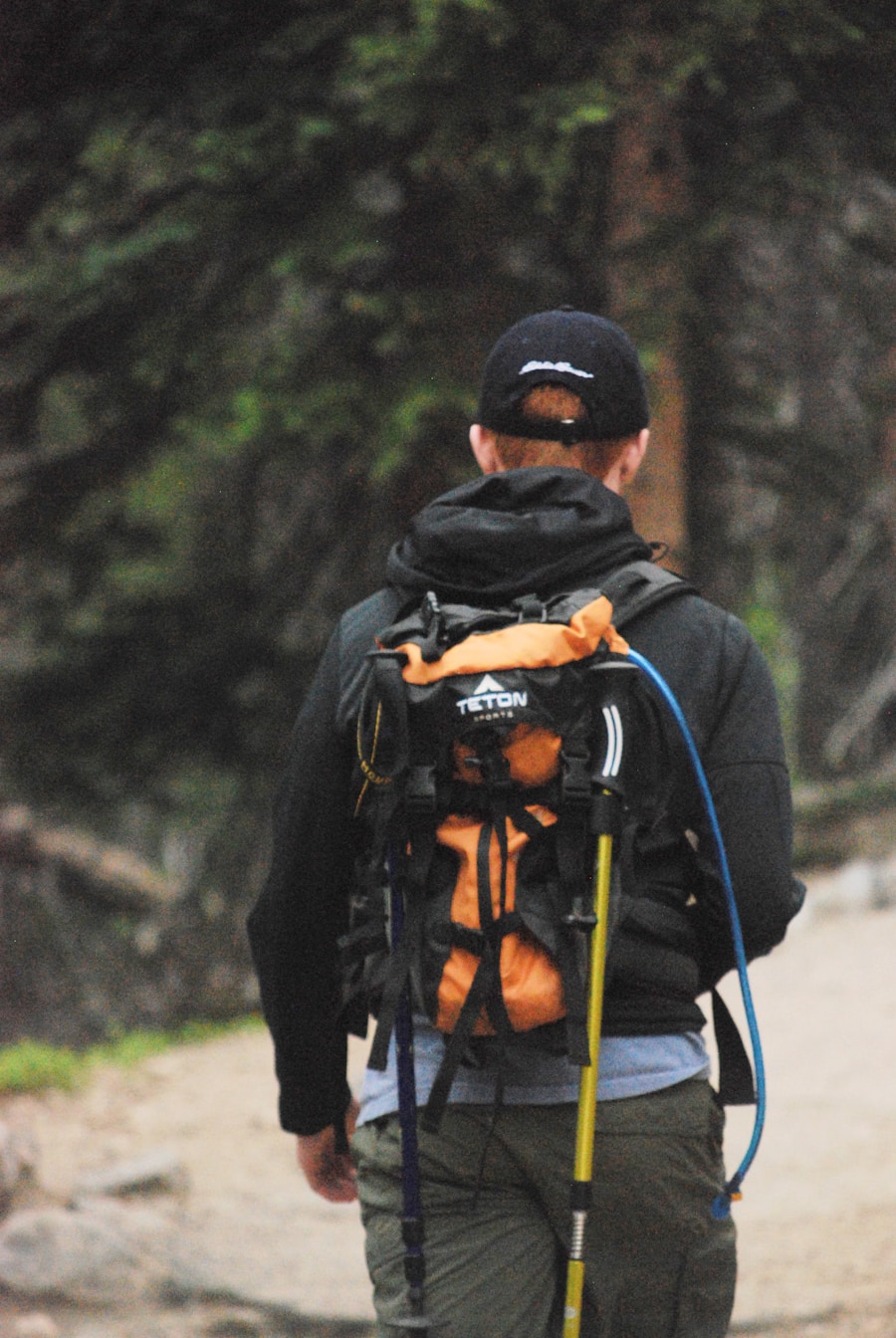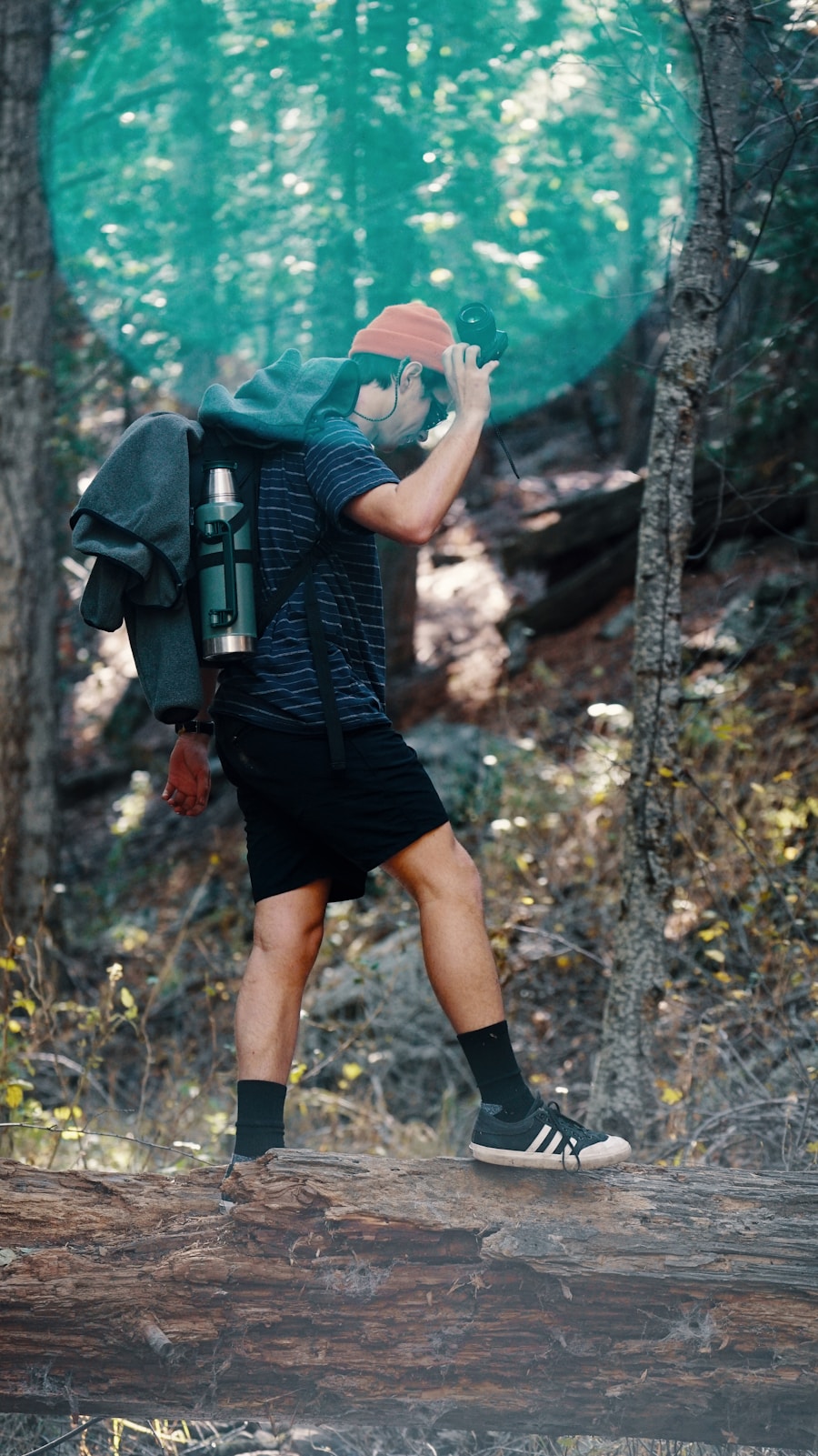Selecting the appropriate trail is a fundamental step in ensuring a successful hiking experience. The choice of trail can significantly influence not only the enjoyment of the hike but also the safety and feasibility of the journey. Factors such as difficulty level, length, elevation gain, and the type of terrain should be carefully considered.
For instance, beginners might opt for well-marked, relatively flat trails that offer scenic views without overwhelming challenges. Trails like the Appalachian Trail’s sections in Virginia or the easy loops in national parks provide a gentle introduction to hiking, allowing newcomers to build confidence and skills. Conversely, seasoned hikers may seek out more challenging routes that test their physical limits and navigational skills.
Trails such as the Half Dome in Yosemite National Park or the Inca Trail to Machu Picchu present not only physical challenges but also breathtaking vistas that reward the effort. It’s essential to research trail conditions, as weather and seasonal changes can affect accessibility. Websites like AllTrails or local park service pages often provide up-to-date information on trail conditions, which can help hikers make informed decisions about where to venture.
Key Takeaways
- Choose a trail that matches your fitness level and experience, and consider the terrain, distance, and elevation gain.
- Essential gear includes sturdy hiking boots, moisture-wicking clothing, a backpack with essentials like water, snacks, a map, and a first aid kit.
- Safety tips include informing someone of your hiking plans, staying on marked trails, and being aware of wildlife and weather conditions.
- Basic navigation skills and trail etiquette are important, including reading trail markers, yielding to other hikers, and leaving no trace.
- Building physical endurance through regular exercise and training hikes will help prepare you for longer and more challenging trails.
Essential Gear and Clothing
The right gear and clothing can make or break a hiking experience. Comfort and functionality are paramount when selecting what to wear and carry. Starting with footwear, investing in a good pair of hiking boots or shoes is crucial.
They should provide adequate support, traction, and protection for the feet. Brands like Merrell and Salomon offer a range of options tailored to different terrains and preferences. Additionally, wearing moisture-wicking socks can prevent blisters and keep feet dry during long hikes.
Clothing should be chosen based on the layering principle, which allows hikers to adjust their attire according to changing weather conditions. A moisture-wicking base layer helps regulate body temperature, while an insulating mid-layer provides warmth during cooler temperatures. An outer layer, such as a waterproof jacket, protects against rain and wind.
Accessories like hats, gloves, and sunglasses are also important for sun protection and warmth. For example, a wide-brimmed hat can shield the face from harmful UV rays while keeping the head cool.
Safety Tips for Hiking

Safety should always be a top priority when embarking on a hiking adventure. One of the most critical aspects is to inform someone about your hiking plans, including your intended route and estimated return time. This precaution ensures that someone is aware of your whereabouts in case of an emergency.
Additionally, carrying a fully charged mobile phone can be invaluable for navigation and communication, although it’s wise to remember that cell service may be limited in remote areas. Another essential safety tip is to stay hydrated and nourished throughout the hike. Dehydration can lead to fatigue and impaired judgment, so carrying enough water is vital.
A general rule of thumb is to drink about half a liter of water for every hour of moderate activity. Alongside hydration, packing high-energy snacks like trail mix, energy bars, or jerky can help maintain energy levels during long treks. Moreover, understanding basic first aid can be beneficial; knowing how to treat minor injuries such as cuts or sprains can make a significant difference in an emergency situation.
Basic Navigation and Trail Etiquette
| Trail Name | Length (miles) | Elevation Gain (feet) | Difficulty | Trail Etiquette Rating |
|---|---|---|---|---|
| Appalachian Trail | 2,190 | 464,464 | Difficult | 4.5 |
| Pacific Crest Trail | 2,653 | 57,000 | Difficult | 4.3 |
| John Muir Trail | 211 | 46,000 | Moderate | 4.7 |
| Grand Canyon Rim-to-Rim Trail | 21 | 10,000 | Moderate | 4.2 |
Navigating through trails requires a basic understanding of maps and compass use, as well as familiarity with trail markers. Many trails are marked with colored blazes or signs indicating direction and distance. Learning how to read these markers is essential for staying on course.
Additionally, carrying a physical map of the area can serve as a backup in case technology fails. GPS devices and smartphone apps can enhance navigation but should not be solely relied upon due to potential battery drain or lack of signal. Trail etiquette is equally important for maintaining a positive hiking environment.
Hikers should always yield to those going uphill, as they have the right of way due to the greater effort required to ascend. When encountering other hikers, it’s courteous to greet them with a smile or nod; this fosters a sense of community among outdoor enthusiasts. Furthermore, adhering to the Leave No Trace principles is crucial for preserving natural spaces.
This includes packing out all trash, staying on designated paths, and respecting wildlife by observing from a distance rather than approaching or feeding animals.
Building Physical Endurance
Building physical endurance is essential for enjoying longer hikes and tackling more challenging trails. A well-rounded fitness regimen that includes cardiovascular exercises, strength training, and flexibility work can significantly enhance hiking performance. Activities such as running, cycling, or swimming improve cardiovascular health and stamina, making it easier to tackle steep inclines or extended distances on foot.
Incorporating strength training into one’s routine is equally important; exercises targeting the legs, core, and back can improve overall stability and power while hiking. Squats, lunges, and deadlifts are excellent choices for building leg strength, while planks and bridges enhance core stability. Flexibility exercises like yoga or dynamic stretching can help prevent injuries by improving range of motion and reducing muscle tightness.
Gradually increasing the intensity and duration of hikes will also help build endurance; starting with shorter hikes and progressively tackling longer ones allows the body to adapt over time.
Preparing for Weather and Terrain

Weather conditions can change rapidly in mountainous or remote areas, making it essential for hikers to prepare accordingly. Checking weather forecasts before heading out is crucial; however, it’s also wise to be prepared for unexpected changes in temperature or precipitation. Carrying layers allows hikers to adapt quickly to varying conditions—removing or adding clothing as needed helps maintain comfort throughout the hike.
Terrain plays a significant role in how one prepares for a hike as well. Rocky paths may require sturdier footwear with better ankle support, while muddy trails might necessitate waterproof boots. Understanding the specific challenges posed by different terrains—such as steep inclines or river crossings—can help hikers choose appropriate gear and plan their routes effectively.
For example, using trekking poles can provide additional stability on uneven ground while reducing strain on the knees during descents.
Packing the Perfect Hiking Backpack
Packing efficiently is an art that can greatly enhance the hiking experience. A well-organized backpack allows easy access to essential items while distributing weight evenly across the body for comfort during long treks. Start by selecting a backpack that fits well; it should sit comfortably on your back without causing strain on your shoulders or hips.
When packing, prioritize items based on frequency of use. Essentials like water bottles or hydration reservoirs should be easily accessible, while less frequently used items like sleeping bags or cooking gear can be packed deeper within the bag. Utilizing packing cubes or dry bags can help keep items organized and dry in case of rain.
Additionally, consider weight distribution; heavier items should be placed close to your back for better balance while lighter items can be stored further away from your body.
Finding Hiking Buddies and Groups
Hiking can be an incredibly rewarding experience when shared with others. Finding hiking buddies or joining groups not only enhances safety but also adds a social element that many find enjoyable. Local outdoor clubs often organize group hikes that cater to various skill levels; these clubs provide opportunities to meet fellow enthusiasts while exploring new trails together.
Social media platforms and apps dedicated to outdoor activities have made it easier than ever to connect with potential hiking partners. Websites like Meetup allow users to find local hiking groups based on interests and skill levels, fostering community among outdoor lovers. Additionally, engaging with local outdoor retailers can lead to discovering organized hikes or events; many stores host group outings that encourage customers to explore nature together while learning about gear and safety tips from experienced staff members.
In conclusion, embarking on a hiking adventure requires careful planning and consideration across various aspects—from choosing the right trail to ensuring safety through proper gear and preparation for weather conditions. By building physical endurance and understanding navigation basics alongside trail etiquette, hikers can enhance their experiences while respecting nature and fellow adventurers alike. Ultimately, finding companionship through hiking groups or buddies adds an enriching layer to this beloved outdoor activity.
If you’re looking to start hiking, you may also be interested in checking out this article on the best double stroller for travel here. Having the right gear and equipment can make all the difference when embarking on outdoor adventures, so be sure to do your research and find the best tools to suit your needs. Happy hiking!
Love travel? Join Our Facebook Community For More Tips.
FAQs
What is hiking?
Hiking is a recreational activity that involves walking on trails or paths in natural environments such as forests, mountains, and countryside.
Why should I start hiking?
Hiking offers numerous physical and mental health benefits, including improved cardiovascular fitness, stress reduction, and the opportunity to connect with nature.
How do I prepare for a hike?
Before starting a hike, it’s important to research the trail, check the weather forecast, pack essential gear such as water, snacks, and appropriate clothing, and inform someone of your hiking plans.
What are some beginner-friendly hiking trails?
Beginner-friendly hiking trails are typically well-marked, relatively flat, and have shorter distances. Local parks, nature reserves, and beginner hiking groups are good places to find suitable trails.
What gear do I need for hiking?
Essential gear for hiking includes sturdy and comfortable footwear, a backpack, water, snacks, a map or GPS device, a first aid kit, and appropriate clothing for the weather and terrain.
How do I stay safe while hiking?
To stay safe while hiking, it’s important to stay on marked trails, be aware of wildlife, stay hydrated, and be prepared for changes in weather. It’s also advisable to hike with a companion or in a group.
